CAM: A Work of Art, Housing Works of Art
This weekend the Contemporary Art Museum will officially open with a catered street festival and black tie event Friday, and the free admission official ribbon-cutting ceremony on Saturday.
It’s my belief that CAM’s opening in this beautiful building in the Warehouse District is the greatest thing to happen to Downtown Raleigh since the new Convention Center opened almost three years ago.
What Exactly is ‘Contemporary Art’?
In the simplest of terms, contemporary art is regarded as works created in the present time. Currently, it often explores social issues, new technologies, performance, street culture, or the three dimensional space. Contemporary art also frequently exhibits the items in our environment that we interact with daily.
A Brief History of the Contemporary Art Museum
Founded in 1983, CAM was originally located in the space where Tir Na Nog is now. After losing support and funding from a City Council which had less of an appreciation for the arts in the mid 90s, the name was changed from the City Gallery of Contemporary Art to the Contemporary Art Museum (CAM) as part of a plan that included finding a permanent home in Raleigh.
The following personal account sums up the history of the area around Moore Square where it was once located:
From 1989-1992, I worked in Peden Gallery II as a Gallery Assistant (Raleigh Contemporary Gallery shared the next door space (the two galleries occupied the Caffe Luna space). […]
The City Gallery of Contemporary Art was around the corner (where Tir Na Nog is now). We used to wake up the sleeping homeless everyday when we arrived at the gallery (they liked to sleep on our doorstep). BANKS Fine Food was across Hargett and they served free meals to the homeless regularly. The fountains in the back were on every day back then. First Friday consisted of four or five galleries and we all served wine to the visitors. The Grove was a great music spot (where Pour House is now) and it also hosted the very first “NCSU Art to Wear†fashion show. […]
There were some hookers downtown back then and some drug activity in front of the galleries. It was different then but it was great working at a gallery after class at NCSU.
In 1997, CAM purchased the 20,000 sq. ft. brick building in the heart of the Warehouse District for $460,000. Various plans were debated for the space, until eventually the idea of a modern rehab of the historic structure took shape.
CAM aimed for a modern museum in a historic building without a permanent inventory.
A New Priority for the City of Raleigh
In 2005, the City of Raleigh committed $1 million to building the Contemporary Art Museum. It has long been a cause Mayor Charles Meeker championed, and was cited by him in the recent State of the City address.
Merging with the NC State College of Design
In 2006, CAM merged with the College of Design and moved operations to the college. The programs of CAM have continued from offices there, as well as various spaces throughout the area.
One of the ways CAM will be a part of the community is its ties to Design Camp:
Design Camp is an annual summer design program offered to high school students at NC State University College of Design. Since its inception over 25 years ago, Design Camp has exposed more than 2,500 high school students to the exciting world of design. Design Camp informs students about college study in design and raises awareness of the impact of art and design through a series of weeklong summer programs. In 2007, Design Camp became an outreach program of CAM (Contemporary Art Museum). CAM joined the College of Design in February 2006, becoming the lead component in the college’s Art + Design in the Community Initiative. Design Camp projects challenge students to explore their creativity and critical-thinking skills while pushing them to try a range of techniques and media. The exploration of the design process teaches students to question, make choices, generate alternatives, work collaboratively and ultimately broaden their understanding of the world around them.
Beyond Design Camp, CAM also benefits from the operational structure that exists within the College of Design, and the collaboration opportunities available with the students of the college.
CAM gives the College of Design the distinction of being affiliated with a proper art museum, as well as a direct link to the continuing resurgence of Downtown Raleigh.
Emerging Artists and the Independent Weekly Wing
The Independent has long been a supporter of the Contemporary Art Museum, and an entire gallery bears the name of the Triangle’s local alt-weekly. The lower gallery will focus on emerging artists, the first artist being New York-based Naoko Ito.
Adding Geometry and Modernity to a Historic Building
CAM represents movement and progress for the area in countless ways, but one of the ways in which it shines the most is the building itself.
It’s unclear if the designers had intended this, but the striking geometric canopy on the east elevation is a beautiful nod to the area’s architectural history as an innovator in the field of creative shelters. Dorton Arena, the Catalano House (razed), the Milton Small Office Building, and the domes at the fairgrounds are the some of the most prominent examples of this legacy.
The project was a result of the collaboration of local firm Clearscapes and LA-based Brooks + Scarpa. Â Originally a 1927 grocery supply warehouse, a railroad spur (still visible today) runs from the area around the Amtrak station to the structure where groceries were once unloaded. It later served various industrial functions, one of the most recent being a chrome bumper repair shop.
Retaining Original Character
In addition to the railroad spur leading up the alley to the loading dock, the original elevator is still extant. Its location represents the transition from the historical to the futuristic: the cloud pattern on the underside of the canopy continues inside the building, and stops at the elevator.
The Most Beautiful Building of 2011
More than once I’ve made the “most beautiful” remark about new buildings in Raleigh. The first was the new Convention Center and Shimmer Wall. The most recent was the North Carolina Museum of Art.
CAM is not only a beautiful modern building, but it is also repurposed (the greenest kind of building) and most importantly, it represents an increase in creative capital for the Capital City. CAM deserves the honor this year of being this blog’s “most beautiful.”
A Cultural Catalyst for Raleigh
Equally as important as being a beautiful building and shining example of historic preservation, CAM represents a significant leap for Downtown Raleigh entertainment options.
Having an art museum downtown represents a significant shift. Now, there is another before-dinner entertainment destination that is easily within walking distance of the restaurants downtown.
The R-Line makes the museum within a few minutes reach of any of the circulator’s stops. Located near Design Box and Flanders Gallery, the once rugged and desolate Warehouse District is rapidly rising from the ashes.
CAM is actively bringing Raleigh into a new era of innovation, art, design, preservation, and cultural awareness. The new permanent home represents its rightful return to where it belongs: downtown.
The Opening Celebration
Although officially opening April 30th, April 29th is the fancy preview of the gallery and street festival, featuring the culinary treats of the area’s finest establishments, including (but not limited to) Poole’s Diner, bu•ku, Jibarra, and Humble Pie. Handcrafted cocktails will be available from Foundation, and desserts from Escazu, Locopops, and Crumb.
Tickets will not be available at the door. They are on sale until Wednesday, April 27th.
General Information
Located at 409 West Martin Street. Museum hours are Monday, Wednesday, Thursday, Friday 11 a.m. – 6:30 p.m., Saturday and Sunday 12 p.m. to 5 p.m., and first and third Fridays of the month open until 9 p.m. The museum is closed on Tuesday.
General admission to the museum is $5. CAM Raleigh members, children 10 and under, members of the military, and NCÂ State students, staff, and faculty are admitted free.
Related Articles:
- Like a Phoenix from the Ashes: Raleigh’s Downtown Warehouse District
- Construction Begins on the Contemporary Art Museum
- North Carolina’s Newest Wonder (the North Carolina Art Museum)
- The Most Beautiful Building Lights Up (Raleigh Convention Center)
Further Reading:
- CAM Raleigh (official site)
- CAM Informational Brochure [PDF]
- New Contemporary Art Museum aims to stir Raleigh’s artistic pulse (News & Observer)
Welcome back to Downtown Raleigh, CAM!

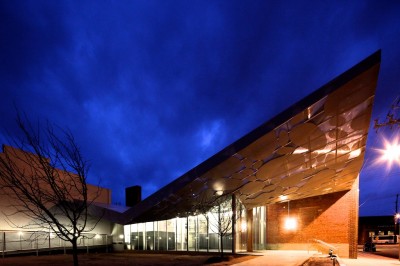
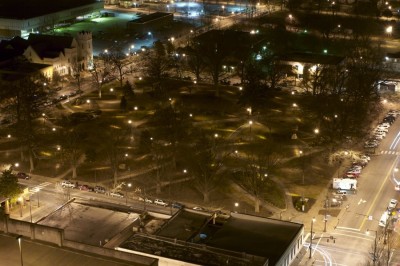
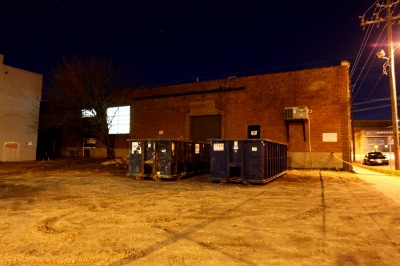
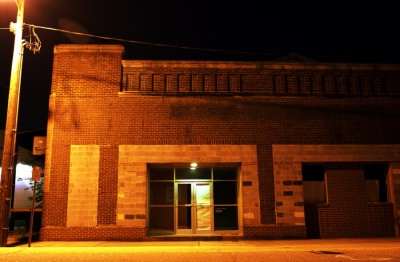
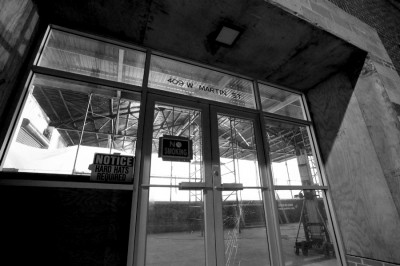
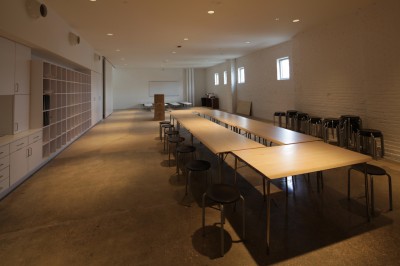
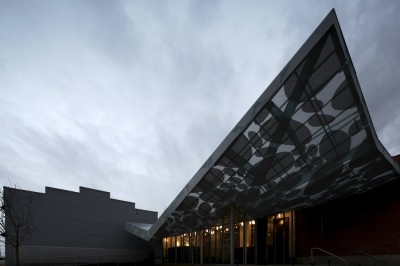
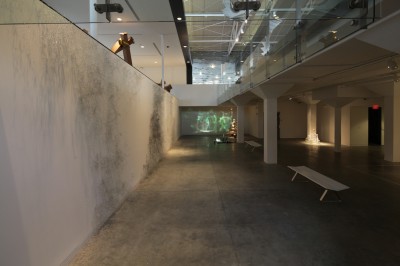
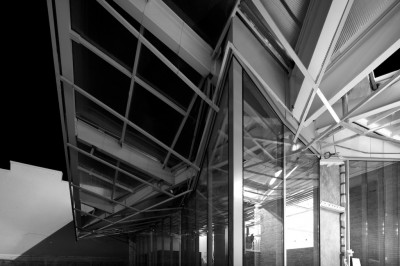
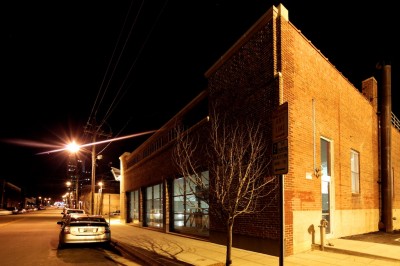
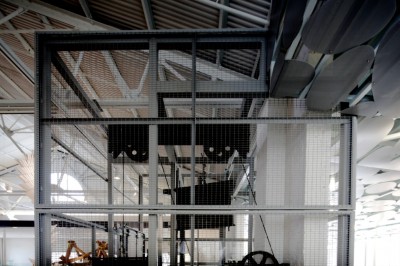
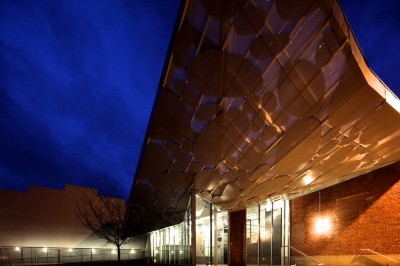
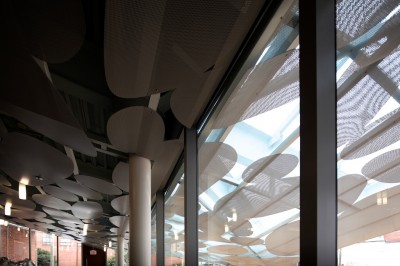
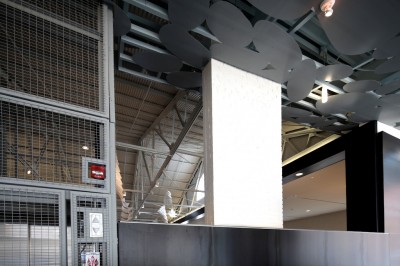
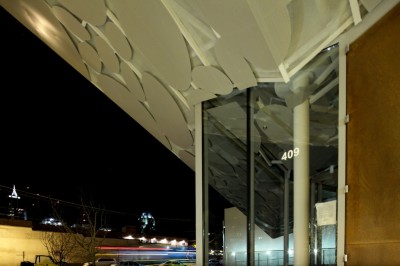
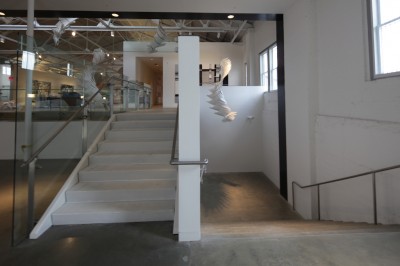
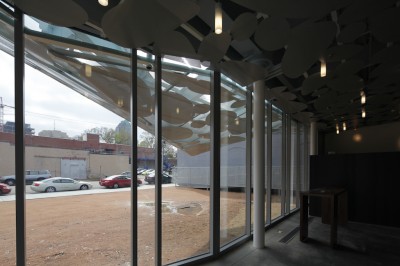

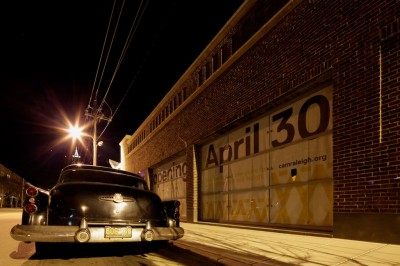
 Sign up for the Newsletter
Sign up for the Newsletter
04/26/2011
I think you have the address wrong. It’s at the corner of Martin and Harrington.
04/26/2011
I pulled the address for available parking, not the facility itself. I have since corrected it in the article, thanks!
04/26/2011
John, What a great tribute to CAM Raleigh. Thank you so much for your support!
04/26/2011
I’m so excited for all those involved with CAM, from the long-time board members to the most junior of new staff, on the eve of their debut. Its been a long time coming and one heck of a rollercoaster. I am very thankful to have been a participant in the process and help them realize their vision for a high-caliber art museum in Downtown! Like the canopy: Onward and Upward!
04/26/2011
This is awesome John! As an intern at CAM, seeing all the installations and opening come together has been a great experience. Looking forward to this weekend and the future of CAM!
04/26/2011
Will you all be open late at night for first friday?